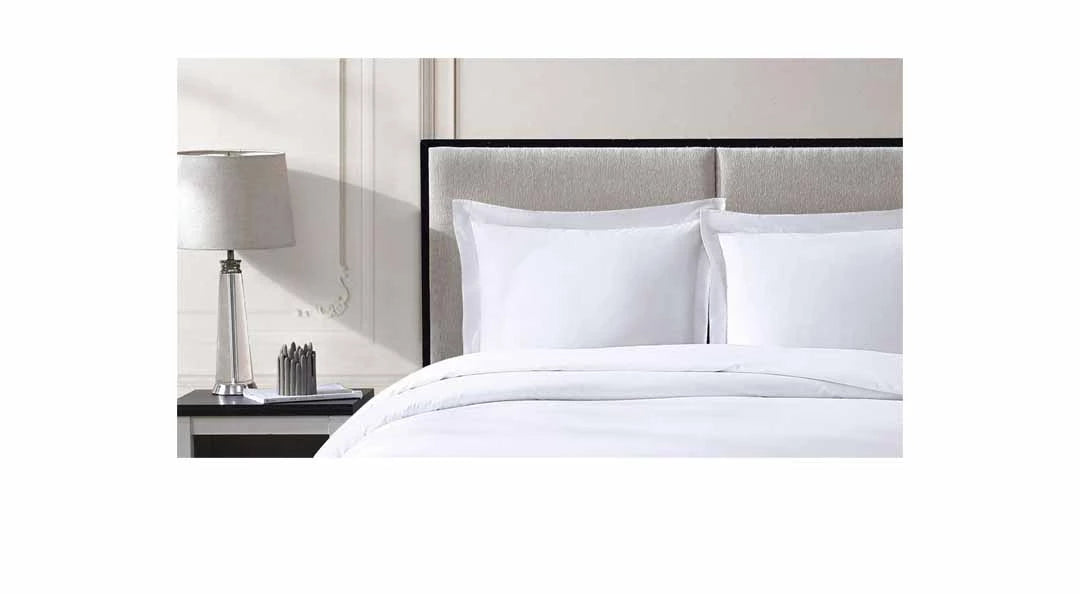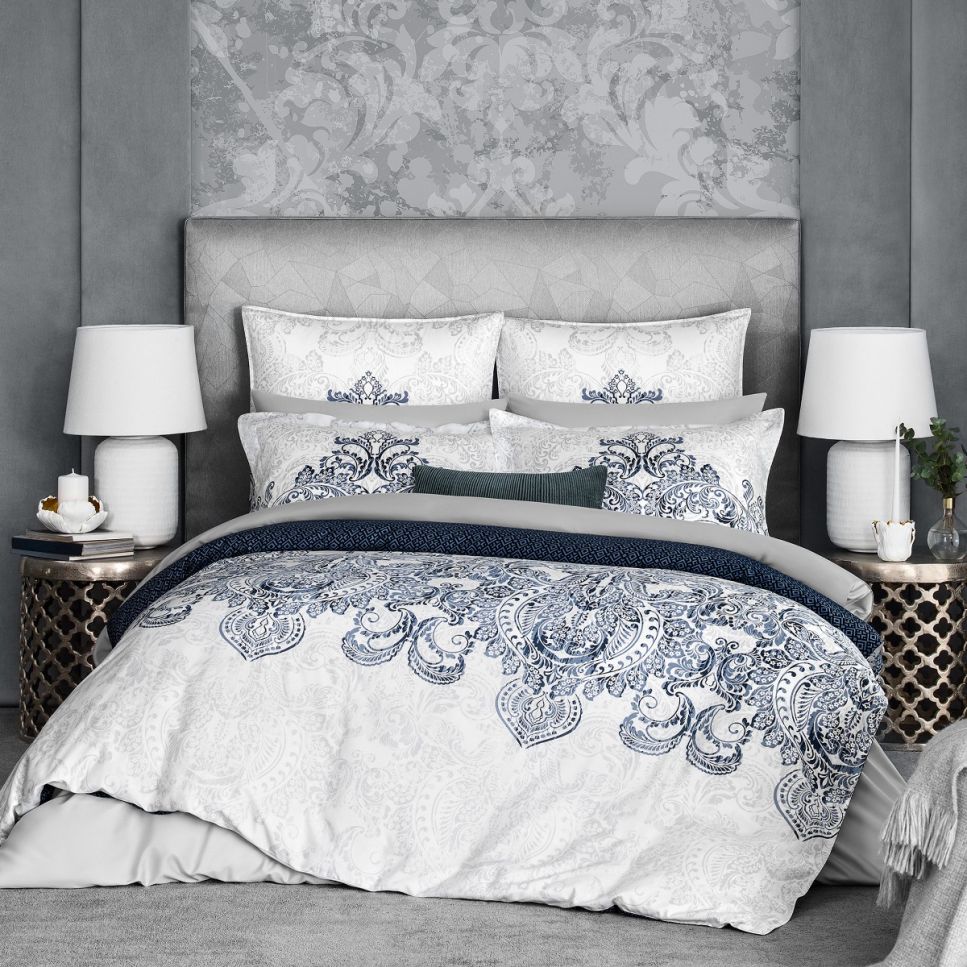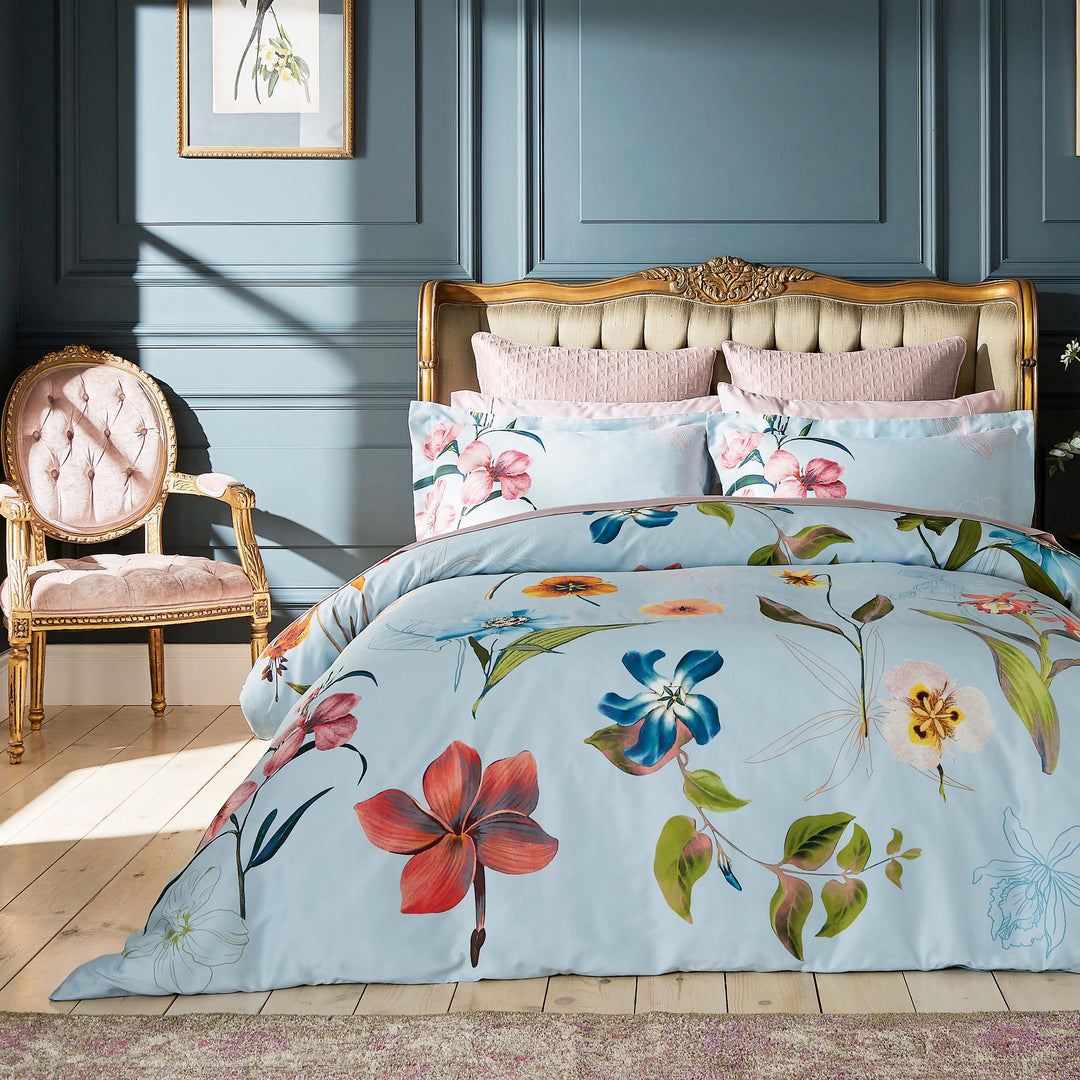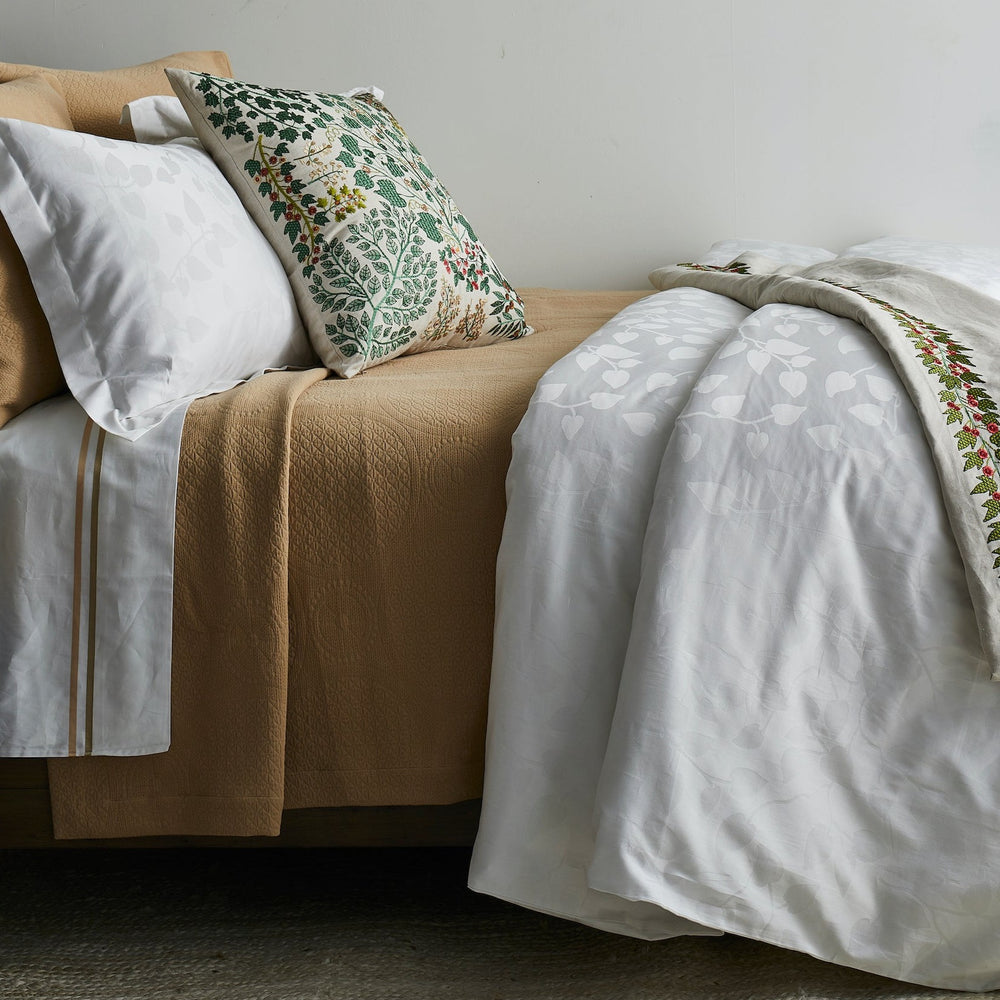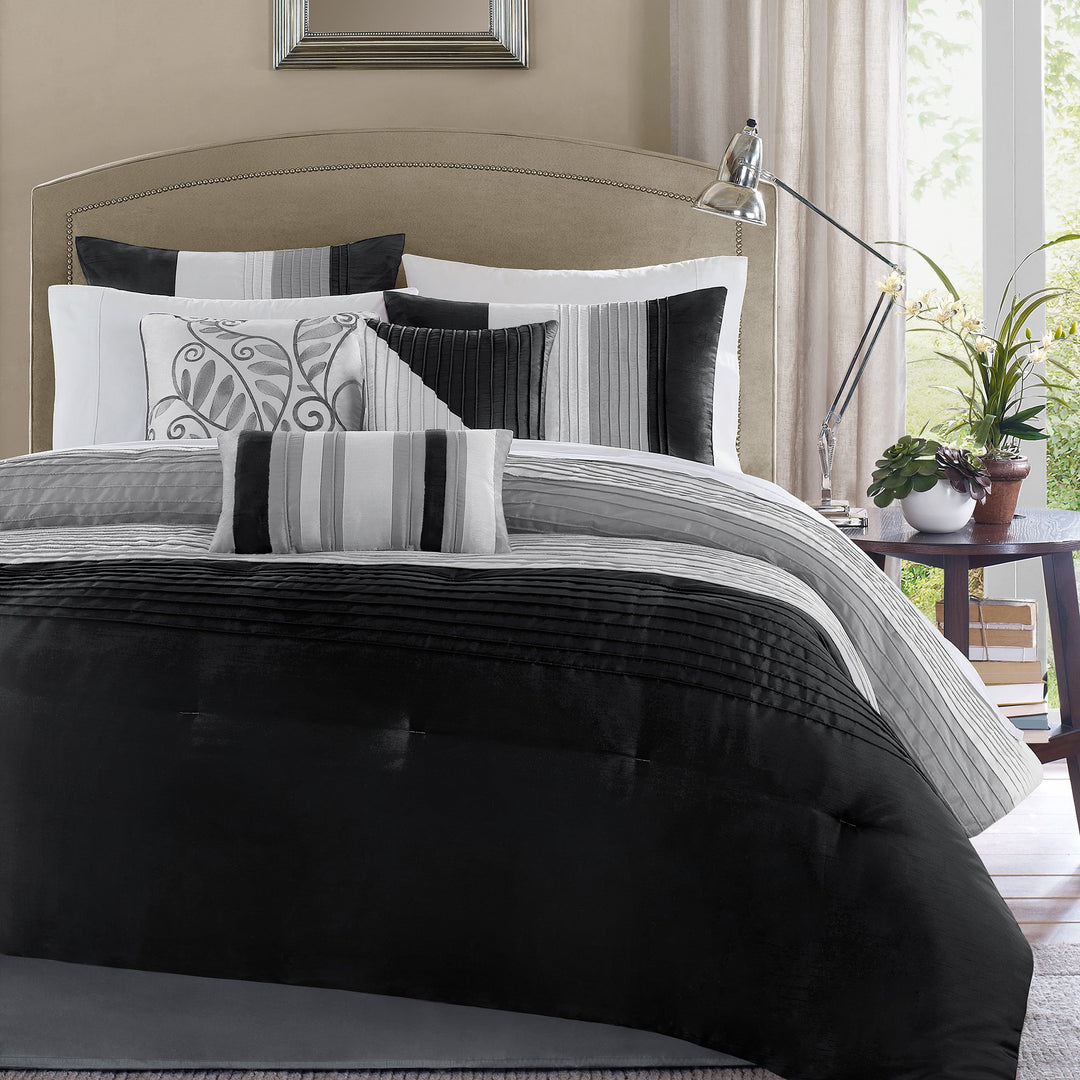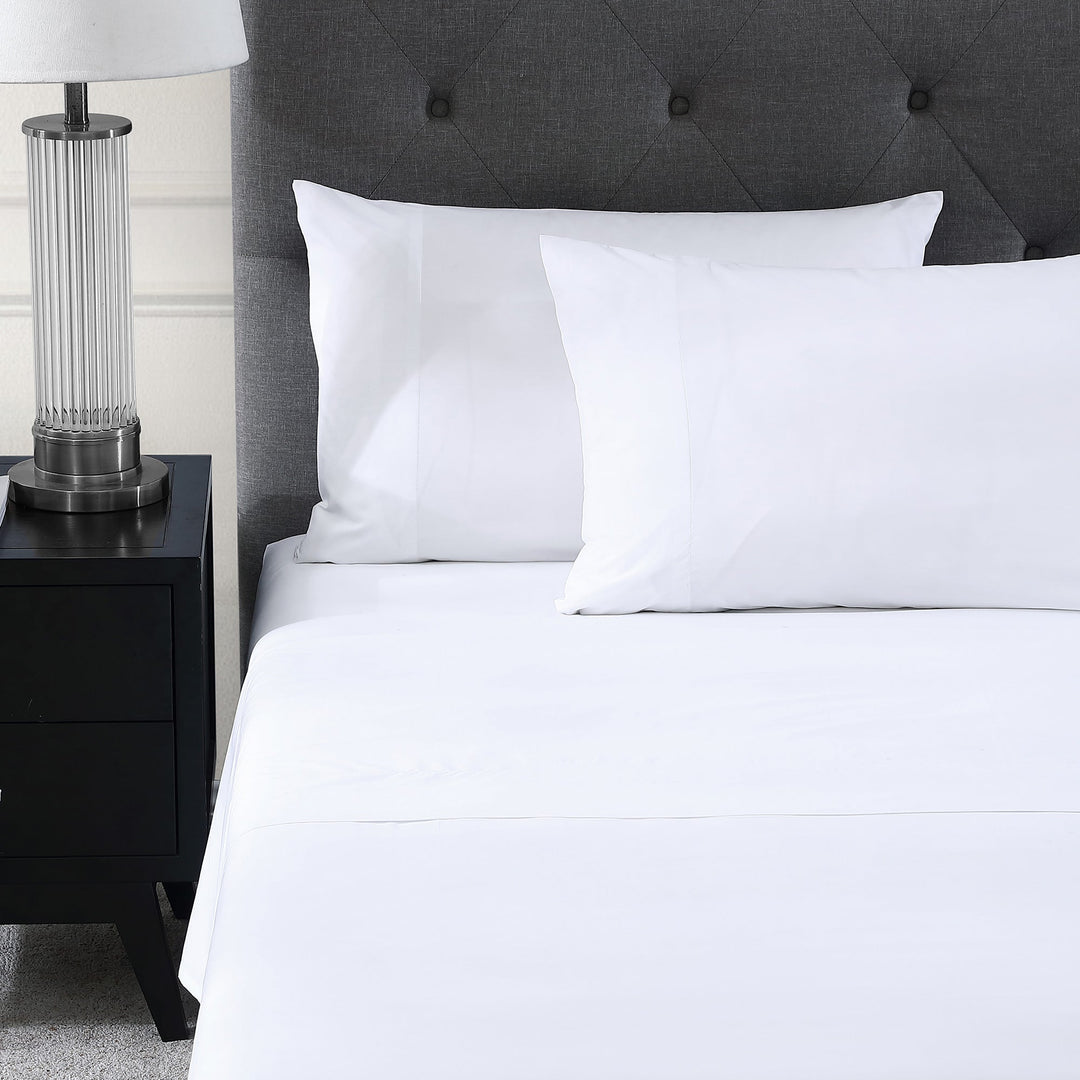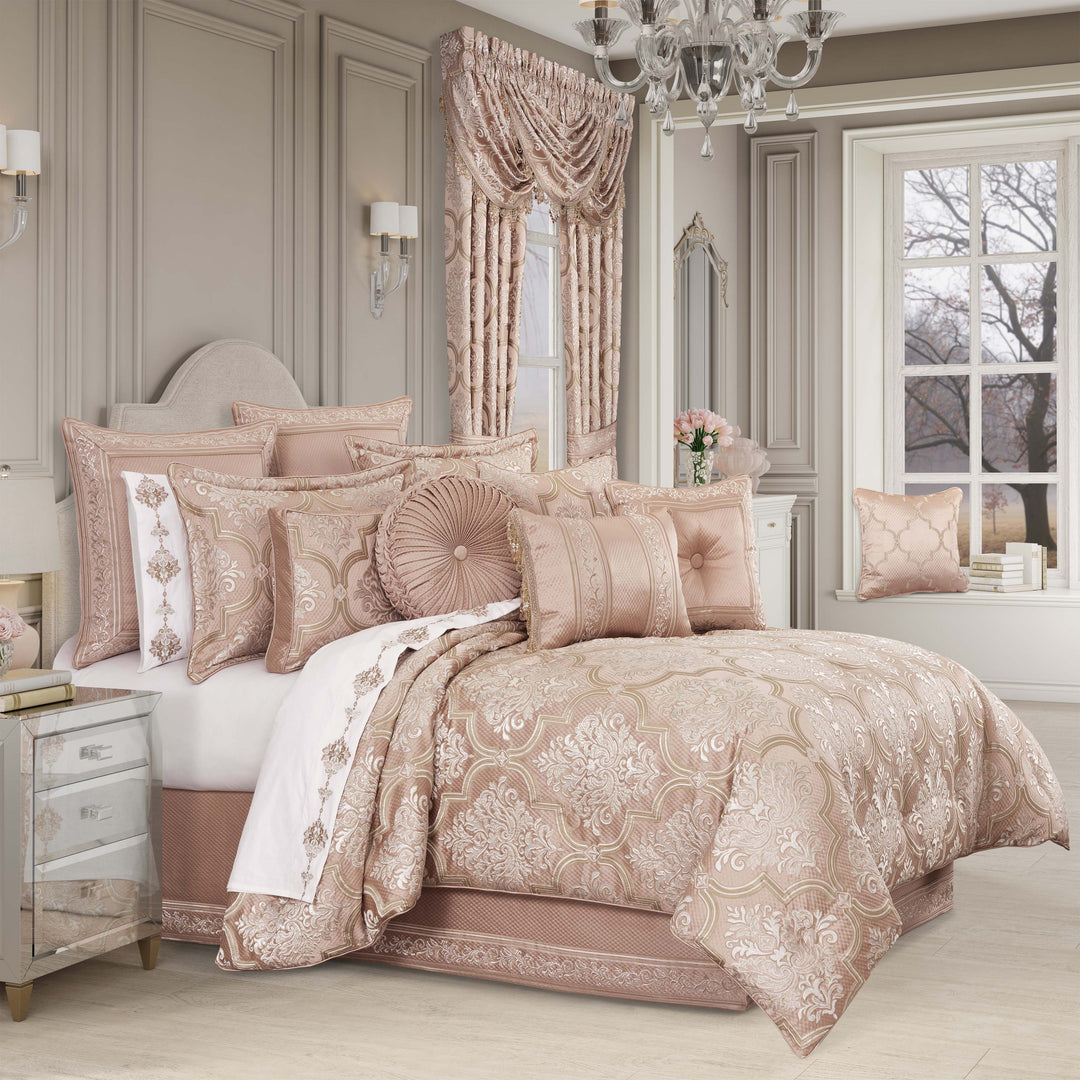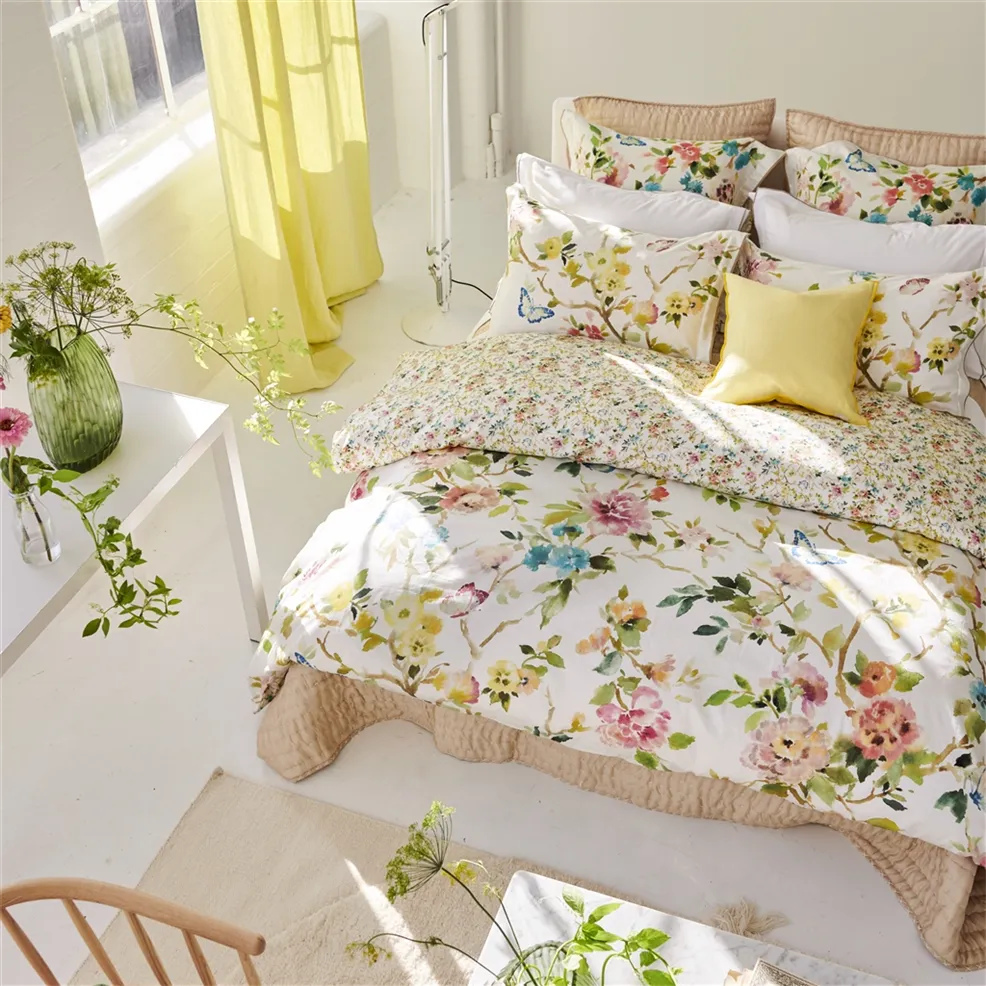What Is A Comforter? - Understand the Basics of Comfort & Sleep Quality
When you pair your new mattress with comfortable bedding, it can enhance the overall appeal of your sleep space. A lot of people opt for a cozy and stylish comforter as it can make a perfect choice. However, it can be confusing as this bedding item is often referred to by many different names. So, what exactly is a comforter?
Although the terms comforter, duvet, and bedspread are often used interchangeably, they have subtle distinctions despite serving a similar purpose. A comforter is a widely used type of bedding that resembles a thick, fluffy blanket. It consists of a single-piece unit made up of a soft, warm fill encased in a fabric shell. Typically placed on top of a flat sheet or another blanket, comforters are available in various styles and are frequently included in bedding sets. The outer shell of a comforter is usually made of a soft, durable fabric such as cotton, polyester, or a blend of both. The shell is designed to protect the inner filling from wear and tear, as well as to provide a comfortable surface for the sleeper. Some comforters feature decorative stitching or patterns on the outer shell, while others are plain and simple. One of the benefits of using a comforter is that it can be easily washed and dried at home. Most comforters can be machine-washed in cold water and tumble-dried on low heat, although it's important to read the care instructions on the label to ensure that you are caring for your comforter properly.
Guide to Types of Comforters & How to Choose the Right One
Here are a few types of comforters that you can opt for:
Down Comforters
Down comforters are filled with the soft, fluffy plumage found beneath the feathers of ducks and geese. They are known for their luxurious feel and excellent insulation properties. Down comforters are available in various warmth levels, from lightweight to extra-warm, making them suitable for all seasons.
Feather Comforters
Feather comforters are similar to down comforters but are filled with larger feathers rather than the smaller, softer down ones. They are not as soft and fluffy as down comforters, but they offer more structure and support. Feather comforters are less expensive than down comforters, making them a good alternative for those on a budget.
Wool Comforters
Wool comforters are made from sheep's wool and are known for their natural insulating properties. They are breathable, hypoallergenic, and moisture-wicking, making them an excellent choice for those with allergies or who live in humid climates. Wool comforters are available in different weights and thicknesses, making them suitable for all seasons.
Synthetic Comforters
Synthetic comforters are filled with man-made materials such as polyester, microfiber, or rayon. They are typically less expensive than natural fiber comforters and are often hypoallergenic. Synthetic comforters are available in various warmth levels and are an excellent choice for those with allergies.
Choosing the Right Comforter
When selecting a comforter, it is important to take into account various factors such as climate, quality, price, and aesthetic preferences. The primary function of a comforter is to provide insulation, which means that the ideal option for you should be suitable for your climate and sleep temperature. The weight, warmth, and breathability of shell and fill materials can vary significantly. For those who tend to sleep hot, a lighter and more breathable comforter can offer comfort without too much warmth. In contrast, individuals who sleep cold may prefer a heavier comforter to retain their body heat.
Price can play a significant role in distinguishing between comforters. With prices ranging from below $50 to over $500, there is an option that can fit almost any budget. Bedding sets are often a cost-effective choice. However, a higher-priced comforter with a sturdier construction, such as a shell with a higher thread count and stronger stitching, may provide better value in the long run due to its durability when used regularly. Your personal aesthetic taste can impact how satisfied you are with a comforter. Comforters are available in various textures, patterns, and colors, providing ample options to find one that matches your preferences and complements your decor.
How to Wash a Comforter.
The first step in washing a comforter is to read the care label. Comforters are made from different materials such as cotton, wool, silk, or synthetic materials, and each material requires different cleaning methods. The care label will provide instructions on how to clean the comforter safely. Before washing the comforter, it is important to check for any holes or tears. Any damages to the comforter should be repaired before washing. If the comforter has any stains, it is best to treat them before washing.
It's important to read the care instructions before cleaning your comforter, as some materials may require special treatment. While most comforters are machine washable, down comforters often need to be dry cleaned. If you have a large, front-loading washing machine at home, washing your comforter should be easy. However, if you have a smaller machine, you may need to take your queen or king-size comforter to a laundromat with an industrial-size machine to ensure proper cleaning.


